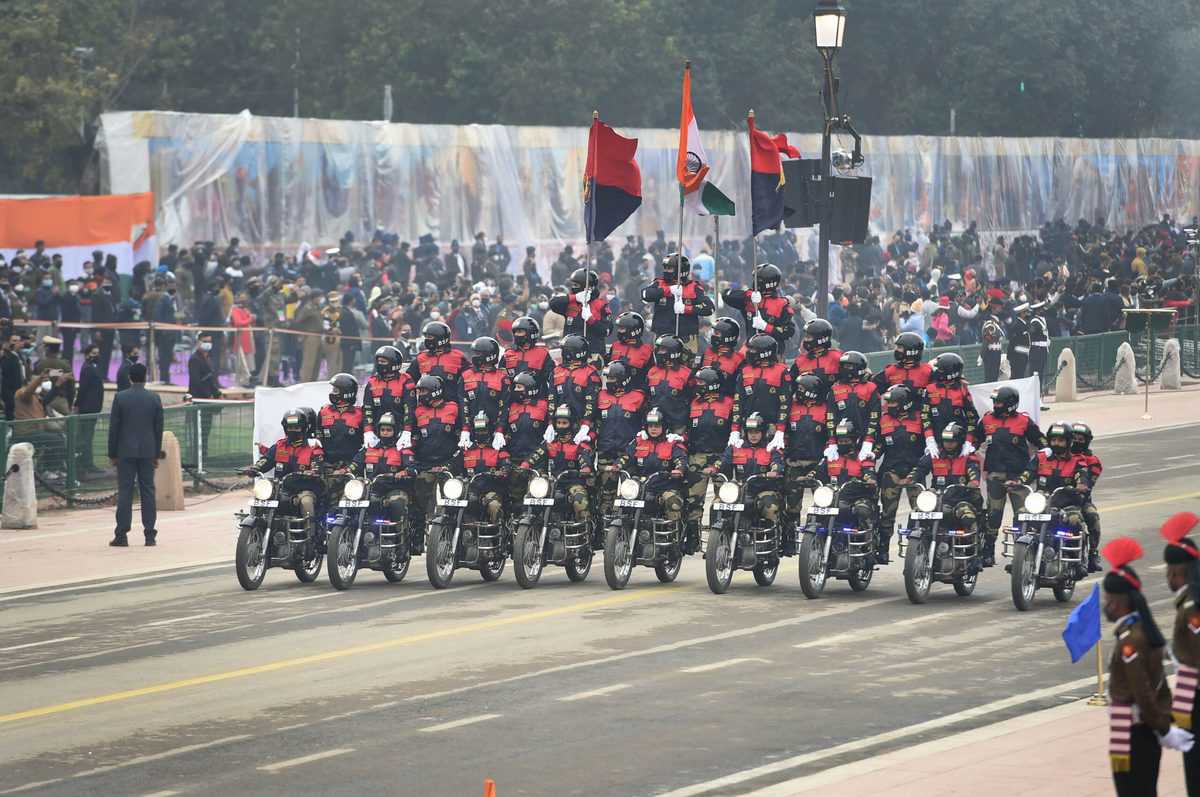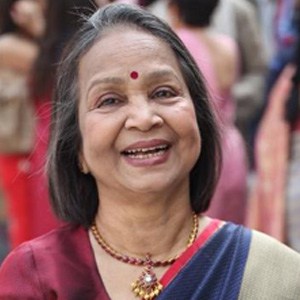

Petty politics ought not to ruin the solemn atmosphere in celebrating Republic Day or Independence Day. Unfortunately, more avoidable controversies arise between the ruling party and the opposition. For instance, while there is a well-established system for selecting the tableaux, the process becomes a flashpoint for regional politics nearly every year. This year too, there is furore in the opposition ruled states as the Centre has rejected the tableaux of West Bengal, Kerala, and Tamil Nadu, among others. The respective chief ministers like Mamata Banerjee( West Bengal) and M.K. Stalin ( Tamil Nadu ) have written to the Prime Minister to reconsider the decision but in vain.
Due to lack of time, only 12 states made it to the list. The selected tableaux include the poll-bound states of Uttar Pradesh, Uttarakhand, Punjab, and Goa. Their argument was that the R day parade must reflect the cultural diversity of India and the role of various communities in building modern India. Why shouldn’t every State get an opportunity to display things it wants to portray at the Rajpath parade there is diverse culture in India.
This year Republic Day is important because the theme is India @ 75 events and getting a place in the Parade is a matter of prestige for the states. It is also amidst the covid pandemic which has shattered the globe.
Republic Day is celebrated when India acquired a written Constitution and became an independent republic.
On the 75th Republic Day occasion on Friday, one must recall the first Republic Day in 1950 that was quite simple. Then the last Governor-General of India, C. Rajagopalachari, read out the proclamation of the new Republic and the election of Dr. Rajendra Prasad, the first President of India, at 10.18 AM on a chilly Thursday morning.
The Constituent Assembly adopted the Constitution of India on November 26, 1949, and came into effect on January 26, 1950.
Historically it was on January 26, 1930, Congress committed the nationalist movement to Purna Swaraj (total independence).
Delhi held the first Republic Day at the Irwin Amphitheatre (now Major Dhyan Chand National Stadium). There were no performances and floats. It was a simple function with the Army band, flag hoisting, and national anthem. The tradition of a parade began only from the next Republic Day. It is the main attraction of India’s Republic Day celebrations, which last for three days since then.
The Parade is primarily a military affair. The might of our defence services, including the latest tanks, missiles, radar systems, air force planes, defence communications systems, etc., mounted on trucks, are paraded, followed by a cultural pageant comprising tableaux. It is here that the participant states showcase their unique culture and achievements to the nation. The selection depends on a combination of factors, including visual appeal, idea, theme, music, and micro detailing.
From 1950 and 1954, the parades were held at the Red Fort, National stadium, Kingsway Camp, and the Ramlila ground. It was only in 1955 Rajpath became the regular venue. The Parade was discontinued in 1963 when the country was engaged in war with China, which was replaced with a procession consisting of Prime minister Nehru, his cabinet members, political representatives from states, students and teachers from Delhi University, etc. The Parade was restored the following year.
Although they were disappointed with the Centre’s rejection of tableau, the concerned opposition chief ministers have evolved via media to showcase them in their states. They feel the Centre was playing politics in the selection. For instance, Mamata Banerjee raised a point that their tableau commemorated the contributions of Netaji Subhas Chandra Bose on his 125th birth anniversary and carried portraits of other leaders like Ishwar Chandra Vidyasagar. She has decided to come out with the same tableau during the Republic Day parade on Red Road in Kolkata.
Tamil Nadu chief minister M.K. Stalin also proposes showcasing the rejected tableau in Chennai on the Republic Day parade and also taking it to other districts in Tamil Nadu. Perhaps the other states which did not get representation this year might follow them.
It does not behoove to follow petty politics. While it is true that the somber ceremony should not be disturbed by this kind of petty politics, one option could be to give a chance to all states. India is, after all, a Union of States. If there is a time constraint for some reason, the authorities could adopt the LOTTERY system. The other option for the rejected states is to follow Mamata and Stalin to show off in the state R -Day celebrations.
The display of the unique culture of each state brought to Delhi parade with their floats and dances might create the sense of the new nation in the Union Of States. It is time that the Centre and the states come together and evolve a good selection process without any heartburn.

